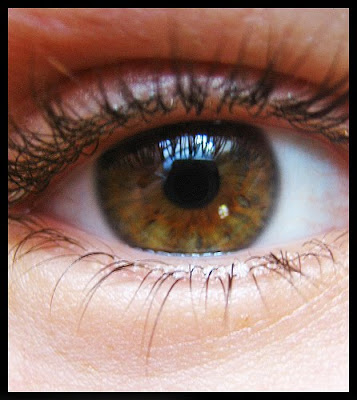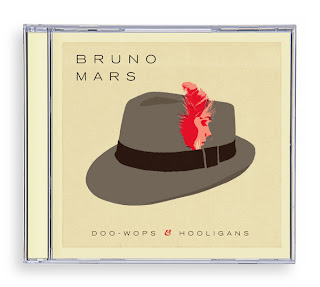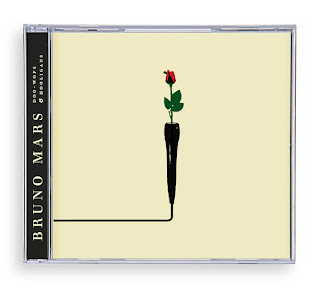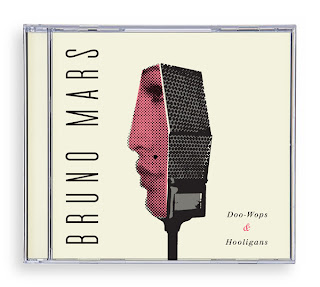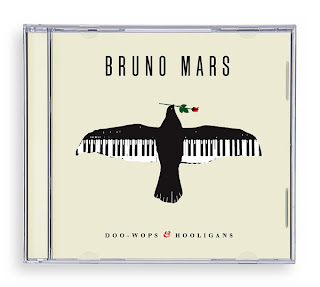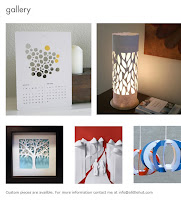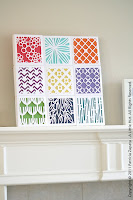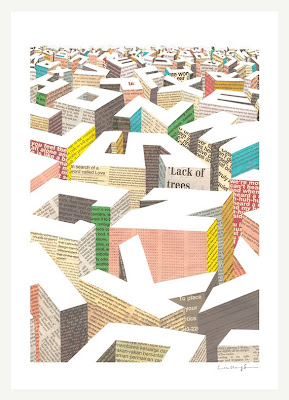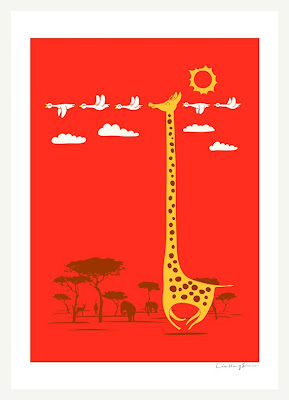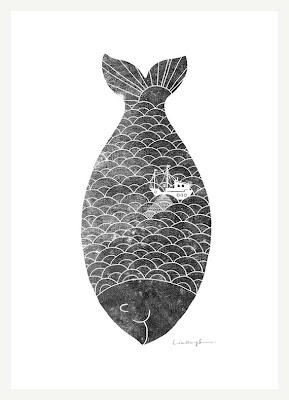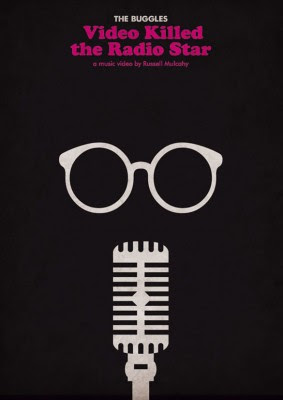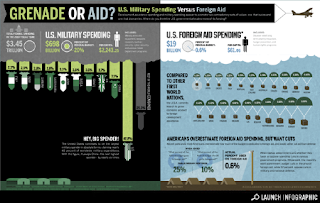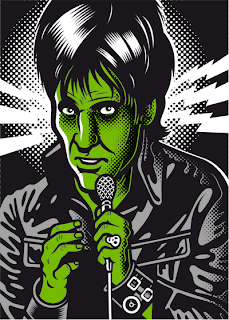For my Senior Capstone project, I believe that Karl Marx’s perspective of the “House versus Home” theory helped me a lot in expressing my opinion of what design can do and what it is good for in terms of allowing a client to be comfortable with expressing his/her identity and/or personality. In my opinion, it is essential to create products, shapes, colors, and/or anything tangible that will attract clients of all races, ages, genders, religious practices, and etcetera to help them achieve to attaining a certain mood that correlates with the client and/or audience’s personality. It is my task as the designer of this project to visually create ways to convince the viewers to agree and comply with the particular view point that I identify with and relate to in this assignment. In my opinion, I agree with Marx’s theory; in my project I will be giving three examples of different people (an artist, a musician, and an athlete) that this theory could apply to. In general, the theory can apply to anyone, but it is good to have some examples so that my audience can understand the idea of using Marx’s theory to support my design perspective; it also shows my understanding of Marx’s theory.
I decided to design my Senior Project in book form because this allowed me to incorporate text with my images. Instead of using Photoshop, Illustrator, or taking photographs of specific places, I chose to illustrate my own images to give the book a more “personal, nostalgic” tone. The overall format of the book is to acknowledge the physical “house” that each individual mentioned (the artist, the musician, and the athlete) dwells in, versus the emotional, mental state of mind that one has when they envision their “home”, or according to Marx’s theory, a place where the individual “belongs”. Including my own experience as an example, I like warm colors such as reds and oranges. These two colors can also be found in images of sunrises and sunsets. To me, those type of images soothe me and allow me to relax and unwind from my stressful days at work, school, and etcetera. So with that being said, it is logical that I should surround myself with artworks and/or products that have a sunrise, sunset, reds, and oranges incorporated into it. In the book, I express how the artist, the musician, and the athlete’s house (an apartment or mansion) may be their place of residence, but their specific place of “belonging” or “comfort” is something totally different (an art studio, a concert stage, and a basketball court).
Towards the end of the book, I discuss my opinion of how Marx’s theory correlates with the importance of incorporating design into our world today. I address this perspective in the “What Does Design Do?” portion of my book. In my opinion, I believe that Marx’s theory correlates with the importance of design (using interior design as an example) because with the aid of design, the client feels more comfortable when adding elements to their “house“ that reminds them of a place that they would consider their true “home”. Good examples of those elements could be wallpaper designs, patterns, fabrics, and even furniture. Overall, I am confident that my book successfully explains Marx’s “House versus Home” theory as well as my perspective of his theory expressing the importance of design and its resourcefulness and reliability to the designer’s clients.


















